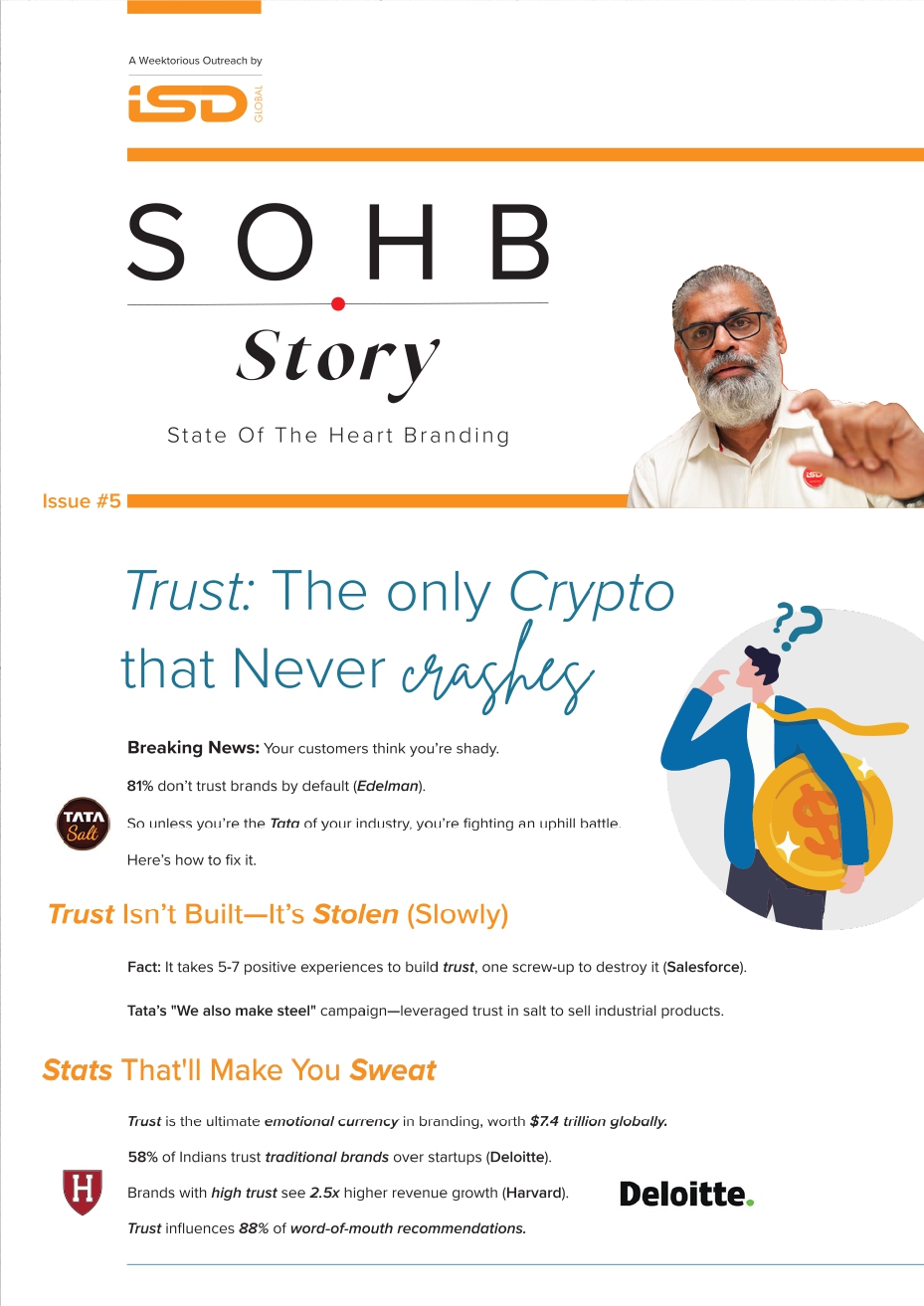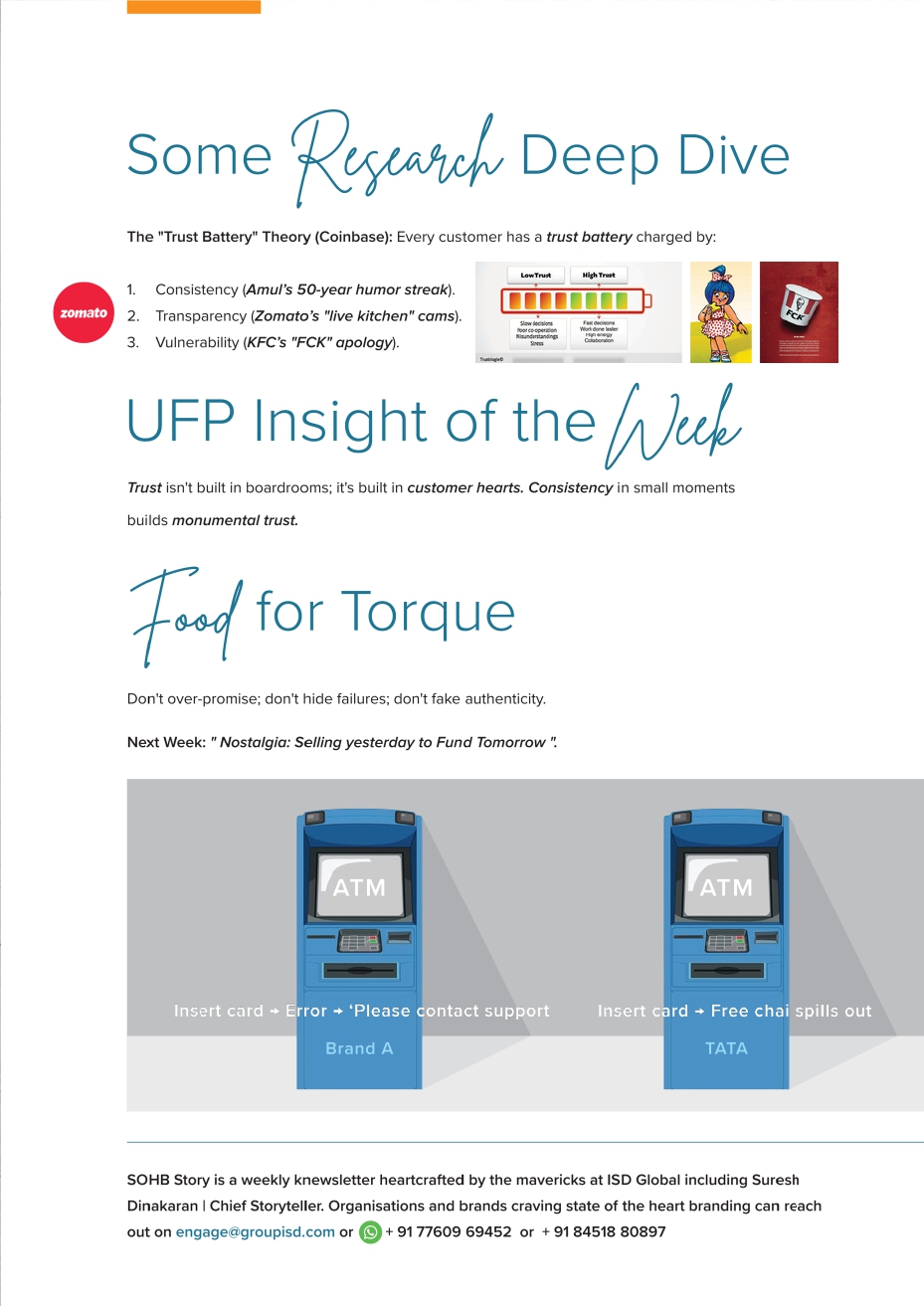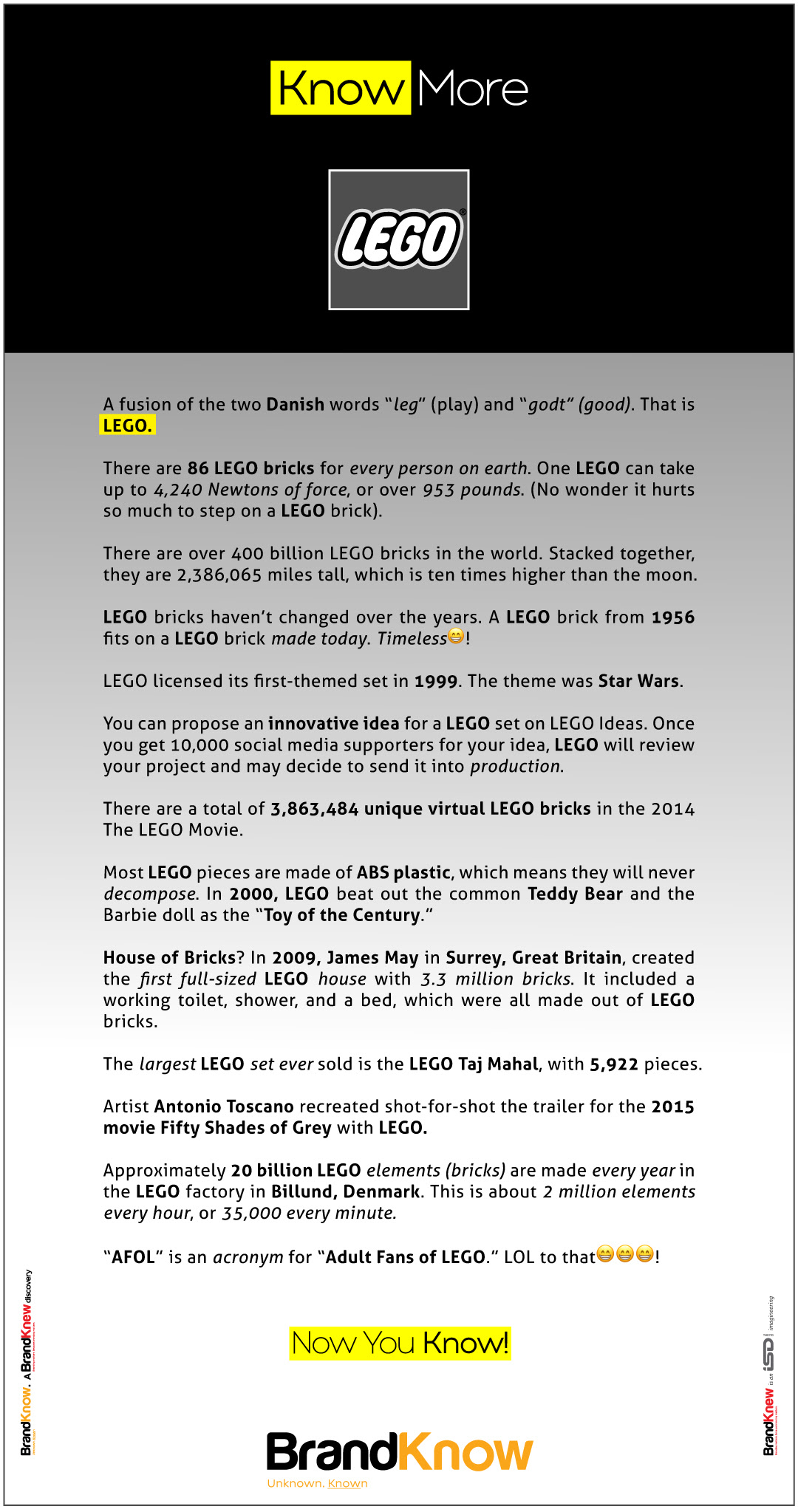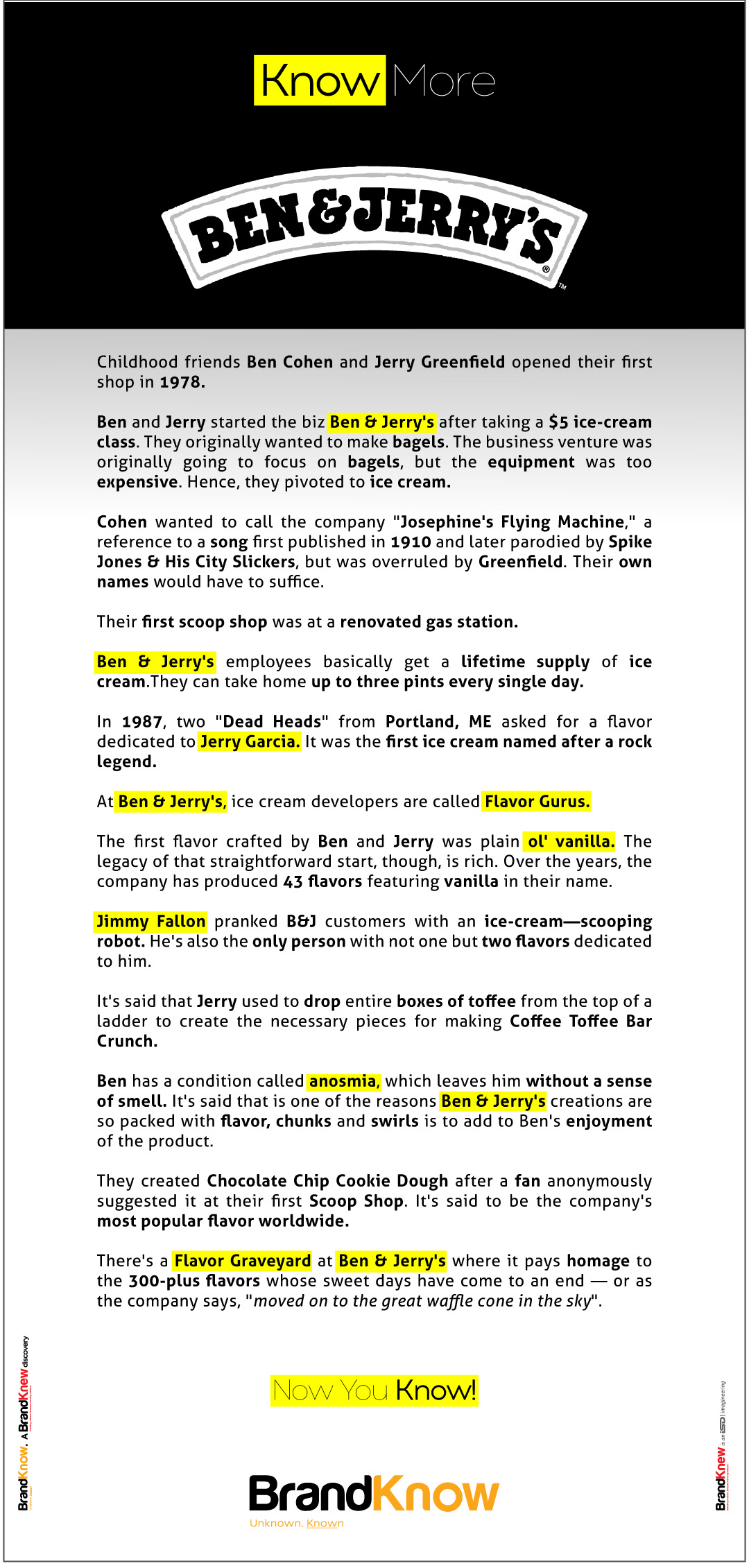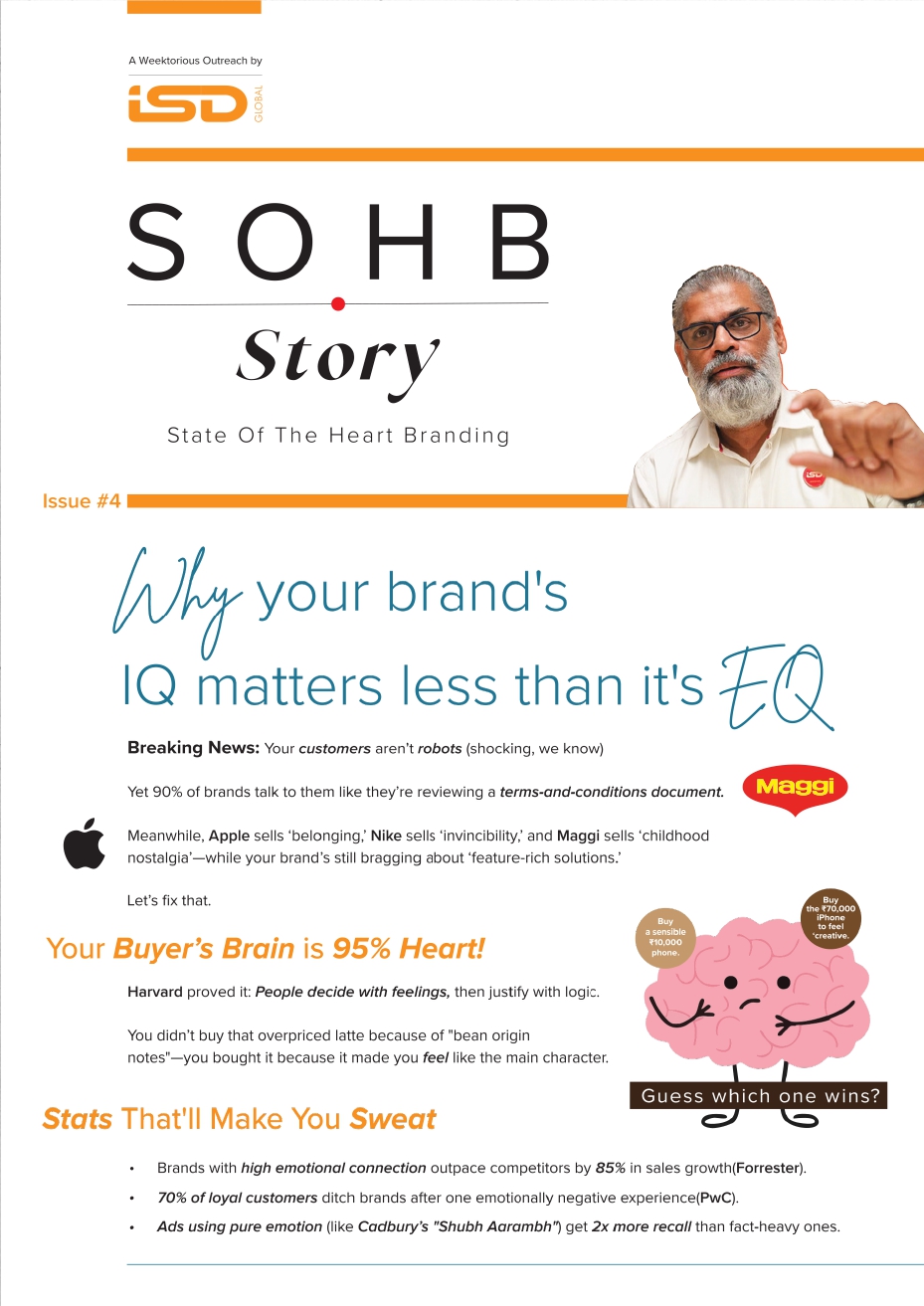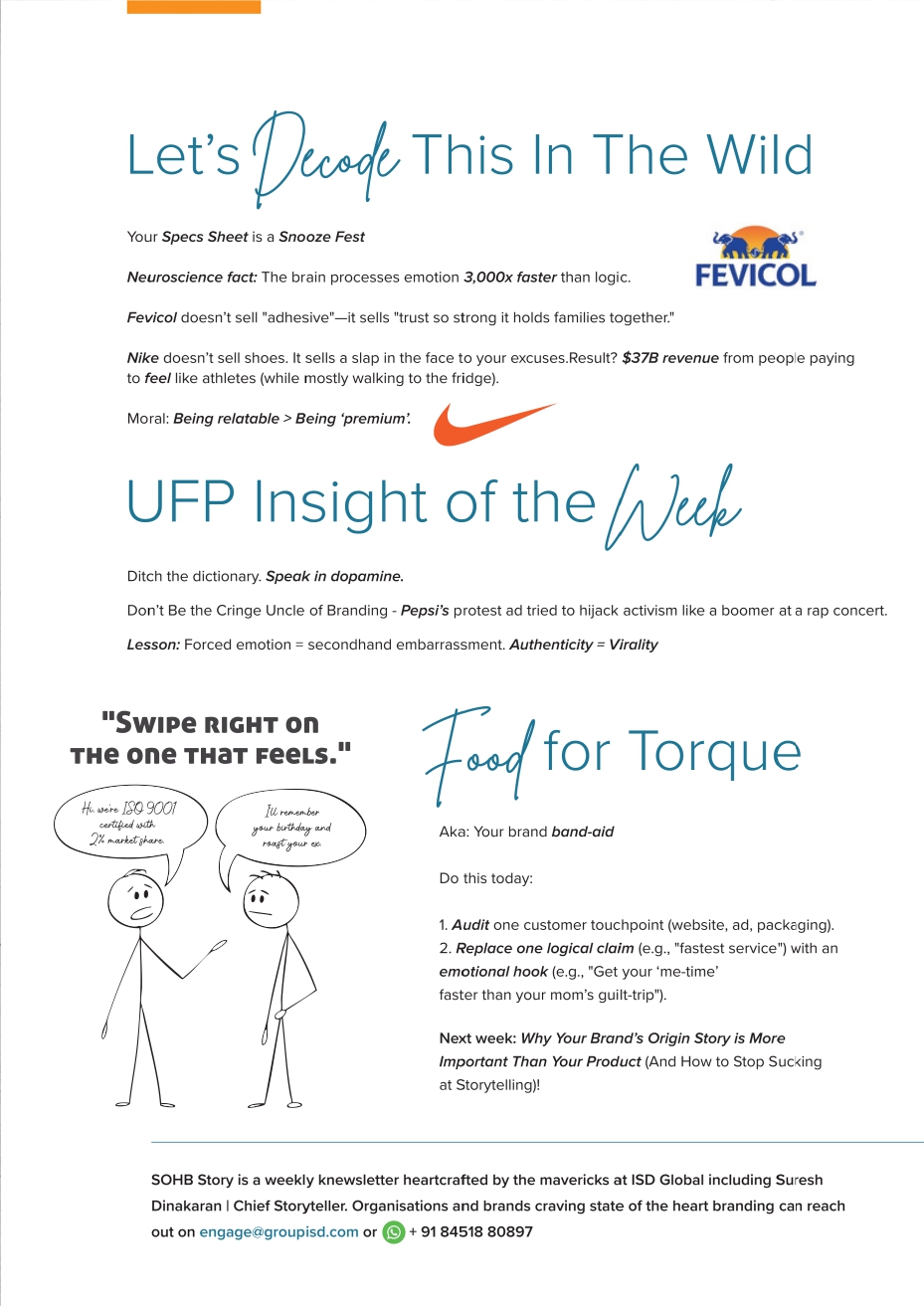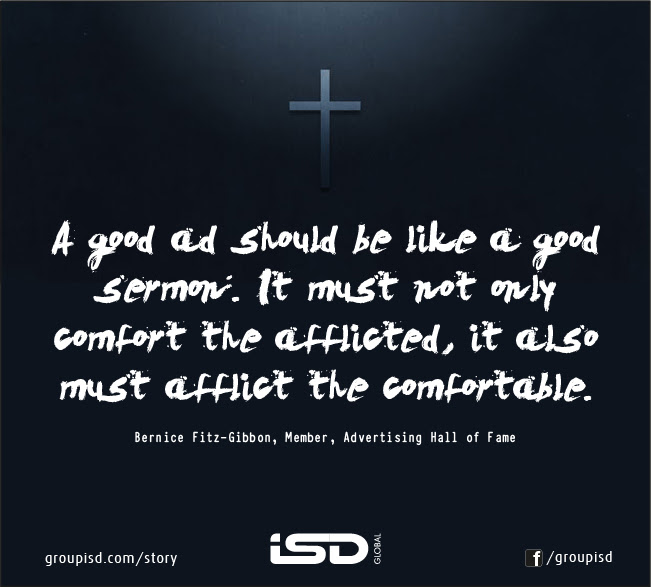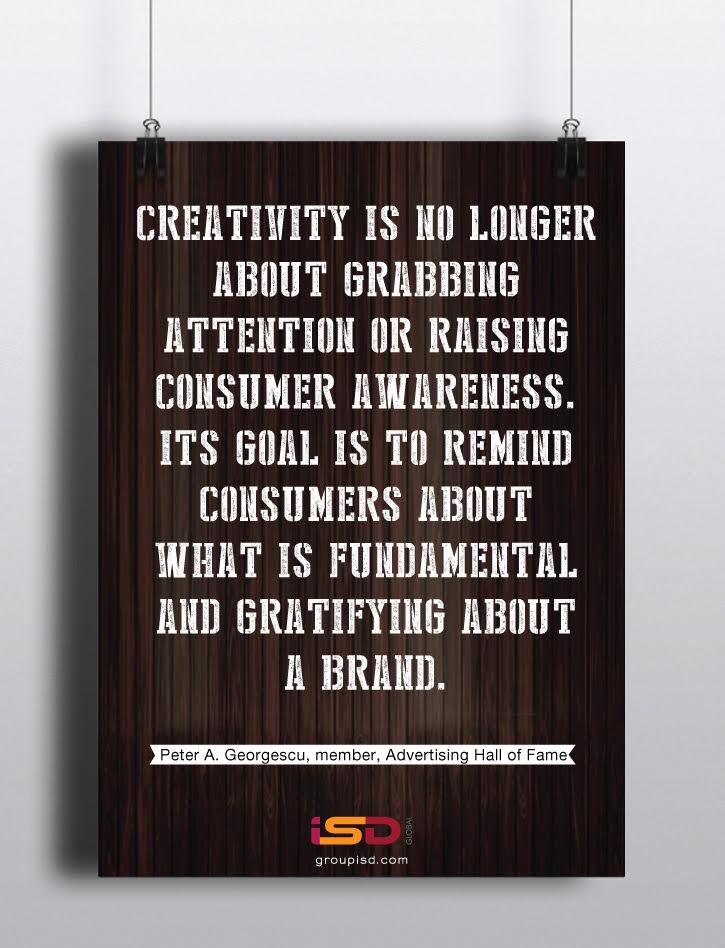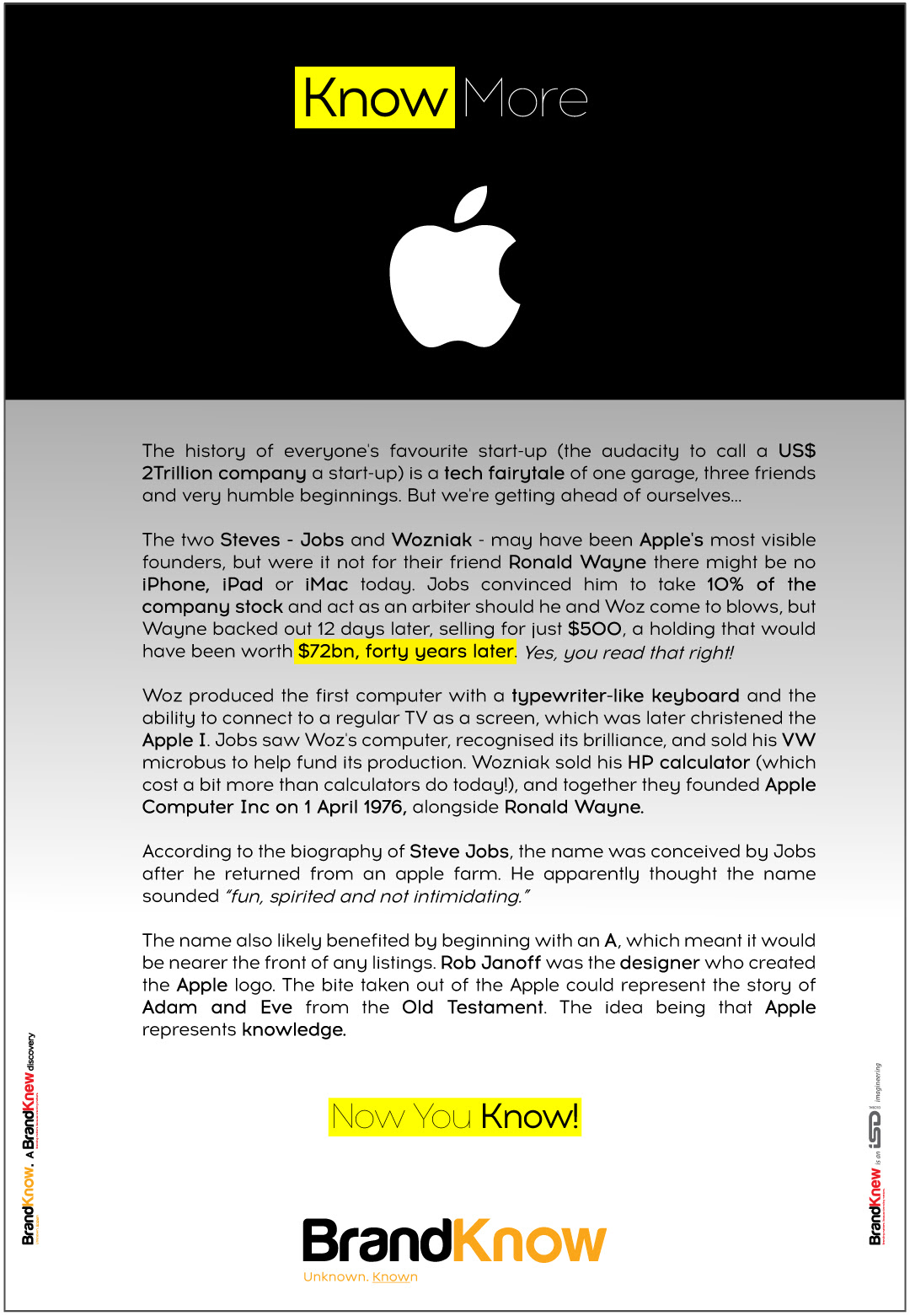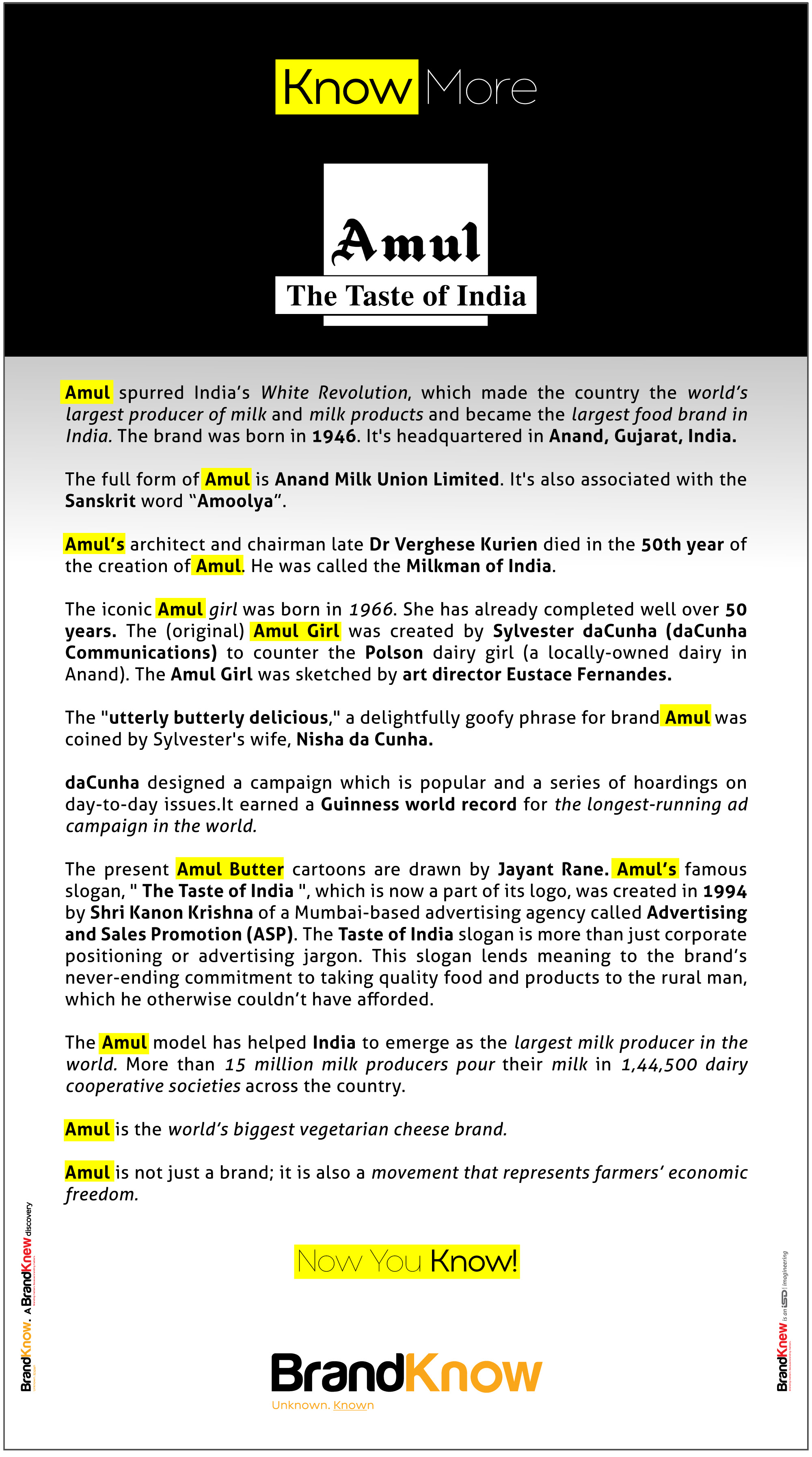Ever been called a two-legged camel and then gone on to change the world? Dick Fosbury was. In 1968, while most high jumpers were busy imitating kangaroos, Fosbury decided to flop—literally—over the bar, leaving the crowd in Mexico City Olympics gasping and the rulebook in tatters. That “flop” is now the only way anyone jumps. If you think challenging the status quo is risky, try being laughed at by 80,000 people before you make history.
The crowd gasps. Coaches facepalm. Physics professors probably had minor heart attacks.
But when the dust settled and the gold medal hung around Fosbury’s neck, the entire sport had been turned upside down. Literally.
Dick Fosbury(watch the video here) didn’t just break the mold—he melted it, poured it out, and did a backflip over it. Ridiculed for his bizarre technique, he ignored the naysayers, flopped backwards, and soared to Olympic gold, setting a new standard for high jumpers everywhere.
The Fosbury Flop wasn’t just a new jumping technique—it was a masterclass in contrarian thinking that redefined what “impossible” meant.
The Lesson here is: If people call your idea weird, you’re probably onto something. History doesn’t remember the copycats—it remembers the floppers.
Why Being a Contrarian is Your Superpower
Most people follow the herd. Winners redirect the herd.
- Steve Jobs ignored market research (“People don’t know what they want until you show them”).
- Elon Musk bet on electric cars when Detroit laughed (“The worst product ever”).
- Zomato & Swiggy said, “What if… we deliver anything?” while restaurants said, “That’ll never work.”
The world doesn’t need more followers. It needs more rule-breakers.
When Bill Gates( Yes, The “Let’s Put Computers Everywhere” Madman) predicted “a computer in every home” in the 1970s, people laughed harder than audiences at a Kapil Sharma show. Computers were room-sized monsters that cost more than houses. Gates might as well have said “a spaceship in every garage.”
The Contrarian Move was that instead of accepting that computers were only for NASA and banks, Gates imagined a world where your grandmother would use one to video call her grandkids.
The Sucker Punch: Today, you’re probably reading this on a device more powerful than the computers that sent humans to the moon.
Henry Ford’s(yes, The “Let’s Make Cars Boring” Revolutionary) assembly line wasn’t just about cars—it was about flipping the entire concept of manufacturing. Before Ford, cars were handcrafted like jewelry, each one unique and expensive enough to bankrupt small nations.
Ford’s contrarian insight: “What if we made cars exactly the same, really fast, and really cheap?”
The Jaw-Dropper: His Model T became so ubiquitous that he famously said customers could have it “in any color they wanted, as long as it was black.” Peak contrarian confidence right there.
When Dhirubhai Ambani (yes, The “Rules Are Suggestions” Pioneer) started Reliance, the Indian business establishment was more rigid than a classical music recital. Business was done through relationships, connections, and following the “proper channels.”
Dhirubhai’s contrarian approach: “What if we just focused on results instead of traditions?”
He launched India’s first rights issue, democratized stock ownership, and basically told the entire financial establishment, “Hold my chai and watch this.”
The Sock-in-the-Face Moment: Reliance became India’s first company to feature in Forbes 500, proving that sometimes the best way to climb the ladder is to build your own.
Falguni Nayar’s Nykaa (Yes, of Breaking the ‘Boys Club’ of Beauty)- In a market dominated by men deciding what women buy, Nayar built a beauty empire by ignoring the conventional wisdom of brick-and-mortar. She went digital first—daringly.
The Lesson here is : “Sometimes, the best way to compete with the old guard is to refuse to play their game.”
So, if you’re still worried about what the herd thinks, consider this: You can’t make history if you’re still waiting for permission.
Progress isn’t just about breaking the rules—it’s about moving on from the old ones. Fosbury never returned to the Olympics, but his legacy did. Today, every high jumper flops, not straddles.
Let’s be honest: being a contrarian isn’t all gold medals and Forbes covers. It’s lonely, exhausting, and occasionally humiliating.
Fosbury was mocked by competitors, criticized by coaches, and probably questioned his sanity more than once. But here’s what separated him from the crowd: he was willing to be wrong to find out if he was right.
The Uncomfortable Truth is that most people would rather be conventionally wrong than unconventionally right.
Contrarian thinkers aren’t just rebels without a cause; they’re rebels with a track record. From Juan de Mariana challenging currency debasement in 1605 to Indian entrepreneurs who refuse to just follow Western demand, progress is always sparked by those who zig when others zag.
Dick Fosbury didn’t just win a gold medal in Mexico City. He won something far more valuable: the right to be remembered as the person who proved that sometimes the most revolutionary act is simply refusing to do things the way they’ve always been done.
Your industry, your field, your corner of the world is waiting for its next Fosbury Flop. The only question is: will you be the one brave enough to jump backward into greatness?
Because remember: every time someone changes the game, they first have to be willing to look like they don’t know how to play it.
Now stop reading and start flipping.
